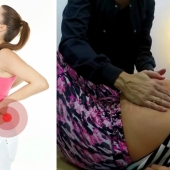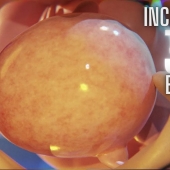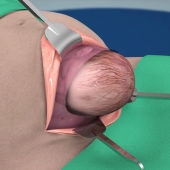A spontaneous vaginal delivery occurs when a pregnant woman goes into labor without the use of drugs or techniques to induce labor, and delivers her baby in the normal manner, vacuum extraction, without forceps or a cesarean section.
This term does not imply that every part of the birth was without medical care or intervention. Lacerations (tearing of the tissues) can occur during spontaneous vaginal delivery and may require repair.
A mother may choose different levels of pain relief and still experience a spontaneous vaginal delivery. This is still the most common type of delivery and that to which all other modes of delivery are compared.
Signs and Symptoms of Labor: A vaginal delivery occurs after the mother has gone through labor which dilates her cervix, or the opening to the uterus, to 10cm. Labor also moves the baby into the birth canal. Contractions occur during labor to accomplish these tasks, and are different than the practice contractions, or Braxton Hicks, which are felt throughout pregnancy. Labor contractions are intense, and do not go away with rest. As labor progresses, it becomes more difficult to talk through them. The mucous plug, which is formed to protect the uterus from bacteria, may be passed at the onset of labor.
Stages of Labor: The first stage of labor occurs as contractions work to thin and dilate the cervix to allow the baby to pass through. The second stage begins when complete dilation to 10cm has occurred, and the body changes gears to deliver the baby. During the second stage, pushing occurs. The mother may be coached to push, or she may be instructed to push when she feels the need. The second stage ends with the birth of the baby. The placenta, the organ which provides nourishment for the baby while in the womb, is delivered during the third stage of labor.
- 14787 views













